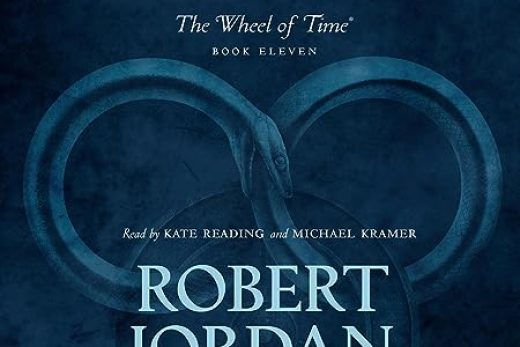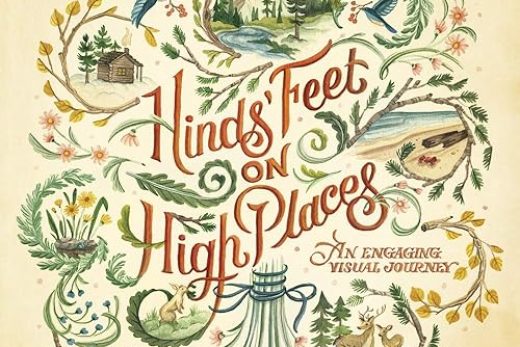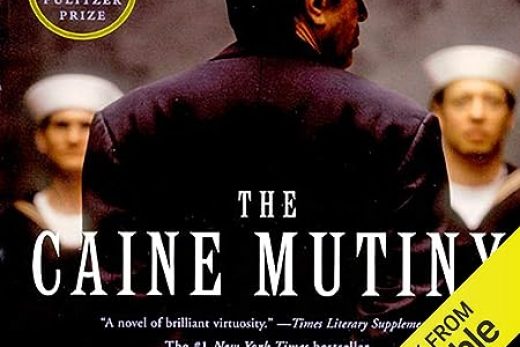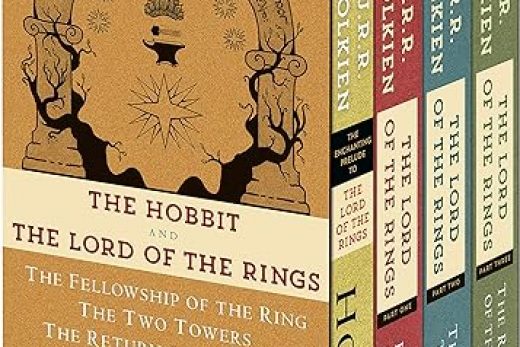In the realm of literature, few authors have managed to create timeless worlds as vividly as Robert Louis Stevenson. As an acclaimed Scottish novelist, poet, and essayist, Stevenson’s body of work has captivated readers across generations, with his captivating storytelling and unforgettable characters. In this essay, we explore the magic of seven of Stevenson’s most revered novels, delving into the themes and significance that have made these stories timeless classics.
Among Stevenson’s most celebrated novels, we find a diverse collection of stories that encompass adventure, romance, and mystery. These seven novels stand as testaments to his literary genius:
Treasure Island: A swashbuckling tale of pirates, buried treasure, and betrayal, this novel introduced the world to the iconic characters of Long John Silver and Jim Hawkins. The novel captivates readers with its vivid depiction of seafaring life and its thrilling narrative, which continues to inspire countless adaptations.
Strange Case of Dr. Jekyll and Mr. Hyde: A classic tale of duality, Stevenson’s novella examines the battle between good and evil within one man. The story of Dr. Jekyll’s transformation into the sinister Mr. Hyde has become a metaphor for the struggle within the human psyche, making it a cornerstone of Gothic literature.
Kidnapped: This historical adventure novel tells the story of David Balfour, a young orphan who embarks on a perilous journey across Scotland after being kidnapped. As he encounters danger and intrigue, David learns about his true heritage and the political upheaval gripping his country.
The Black Arrow: Set during the Wars of the Roses, this historical adventure novel follows young Richard Shelton as he navigates the treacherous world of medieval England. As Richard searches for justice and uncovers the truth about his father’s murder, he becomes embroiled in a web of conspiracy and betrayal.
The Master of Ballantrae: A tale of sibling rivalry, adventure, and dark family secrets, this novel tells the story of two brothers caught in a battle for power and inheritance. As the brothers’ feud takes them across continents, Stevenson masterfully weaves themes of ambition, loyalty, and redemption throughout the narrative.
St. Ives: This romantic adventure novel follows the journey of a French prisoner of war who escapes captivity in Scotland and embarks on a daring quest to reunite with his lost love. Along the way, he encounters a colorful cast of characters and experiences the triumphs and tribulations of life on the run.
Weir of Hermiston: Stevenson’s final, unfinished novel is a powerful exploration of the complex relationship between a stern Scottish judge and his sensitive, artistic son. Set against the backdrop of the Scottish Enlightenment, the novel delves into themes of morality, justice, and the human capacity for growth.
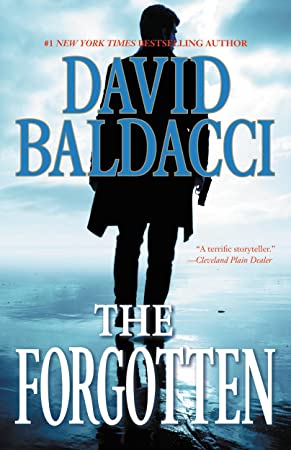
A: Some common themes in Stevenson’s works include adventure, the battle between good and evil, duality, personal growth, and the exploration of complex human relationships.
Q: How has Stevenson’s work influenced modern literature and popular culture?
A: Stevenson’s work has had a profound impact on modern literature, particularly in the genres of adventure and Gothic fiction. His stories have inspired numerous adaptations in various media, including film, television, and theater, and continue to be studied and enjoyed by readers worldwide.
